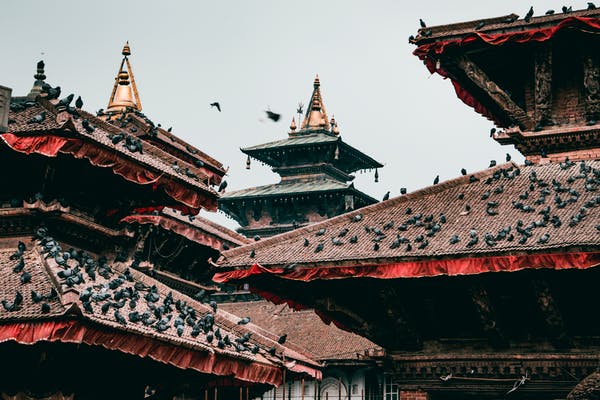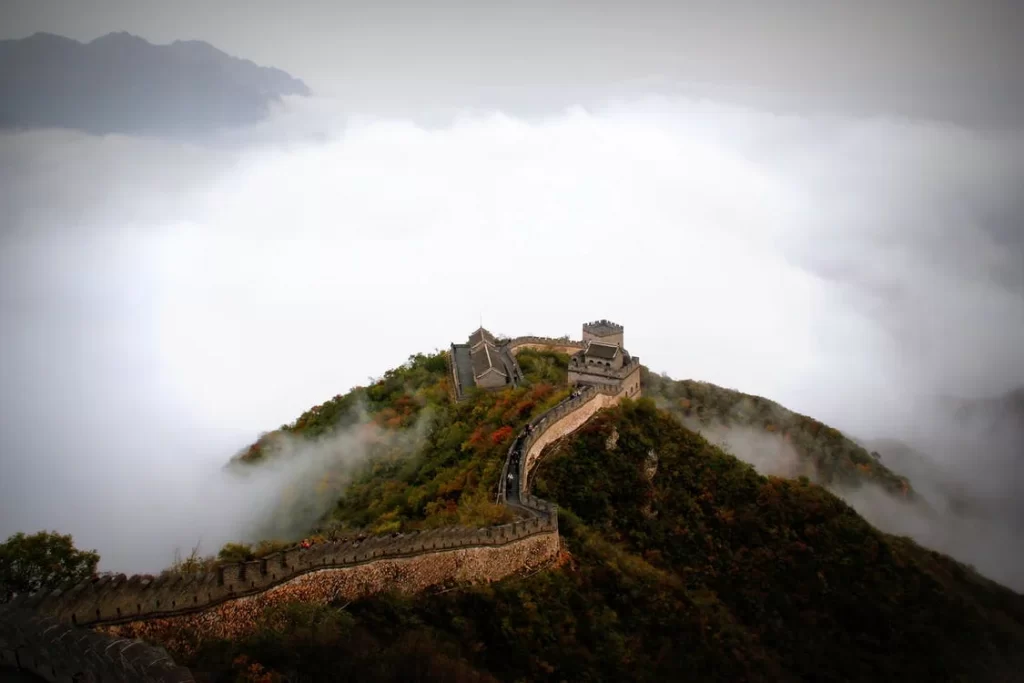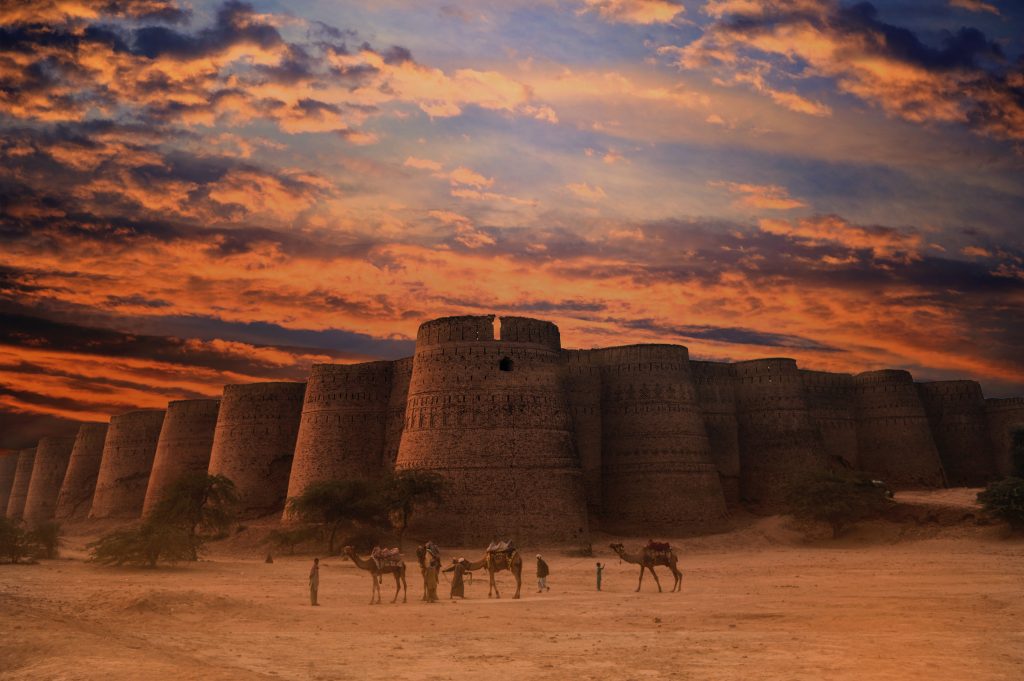
Derawar Fort, a magnificent structure lying on the outskirts of Ahmedpur city, is a sight to behold. Built in the 9th century by a Hindu ruler Rai Jajja Bhatti, the Derawar fort has stood the test of time through multiple invasions, occupations, destructions, and finally, reconstructions. In specific ways, The Derawar fort looks indestructible, with its awe-inspiring formations standing resilient against the travesties of a wasteland. But in other ways, the mighty fort feels vulnerable as it seems to finally lose heart to the indifference and negligence of its people. Yet, in every way, it looks ethereal.
Under the scorching sun, the red brick structure glistens and can be spotted by miles. But as the evening dawns, the veil of solitude takes over the grand bastion, providing a contented experience for its explorers. This fort charms and stun everyone, regardless of whether they have visited it for the first time or have been here for a dozen outings.
History:
Derawar fort is located in Cholistan desert or Rohi, a western part of the Thar desert. It has been suggested that this land was once watered by the Hakra river, which supported civilizations dating back from 4000 bc to 600 bc. As the river changed its course and eventually vanished, the land became barren and bleak. Nonetheless, many empires from the medieval era constructed fortifications for defense against enemies and protection of water resources in the heart of the Cholistan desert. Remanences of which still exist in present-day Pakistan.
There are almost forty-seven forts in present-day Cholistan and its surroundings, with Derawar being the most intact to date. This fort was first built by Rai Jajja Bhatti, a Hindu ruler from the Bhatti clan. However, the fort came to its present-day appearance under Nawab of Bahawalpur, Sadeq Muhammad Khan I. Who captured this fort in 1733 and had it rebuilt. The fort eventually fell into the hands of the British. Nawab of Bahawalpur later reclaimed the fortress and the renovation work continued.
Derawar Fort: A Remarkable Visual
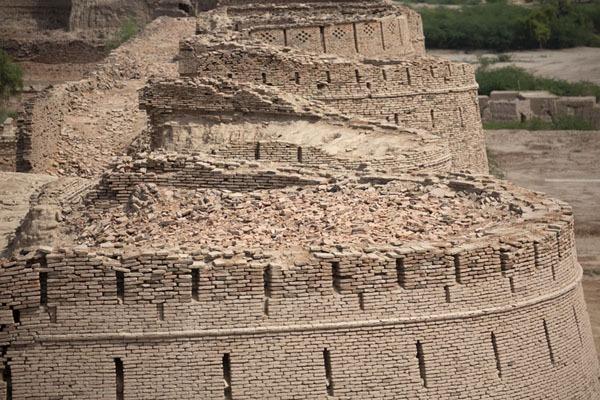
Derawar fort is a remarkable symbol of grandeur and beauty. The walls of this impressive structure stand 30 meters high and expand over a length of 1500 meters. Decorated in cut-brick work, the forty preeminent bastions surround the fort’s interior and are visible from miles away. Moreover, the nearby Moti or Pearl Mosque and cemetery of Nawabs of Bahawalpur attract many visitors as well.
The mighty fort of Derawar is in stark comparison to other princely forts across the sub-continent. By no means is it decorated in ornaments, and appealing tiles work. Instead, its beauty lies in its functionality. Derawar and many other forts of the Cholistan desert were initially erected to occupy the region’s scarce water resources, evidence of a power struggle in the hostile desert region. This also serves as a reason why this fort is included in UNESCO’s World Heritage Site list.
A Symbol of Adversity and Fortitude:
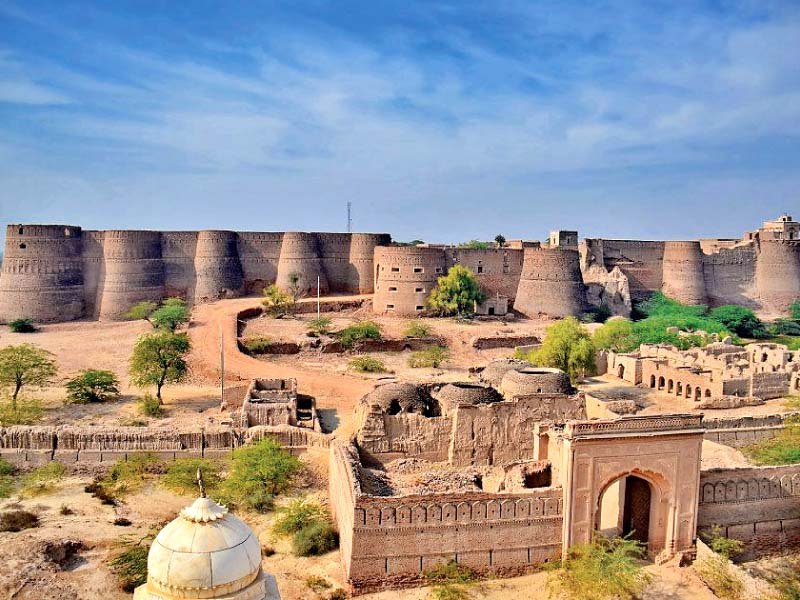
Derawar Fort is much like an orphaned child of once a loving guardian. However, the government promises to upkeep the historic site. But the promises are never fulfilled, and the fort is left at the mercy of climate change and unruly visitors. Once a symbol of grit and resilience, this grand bastion now seems on the verge of collapse. If timely actions do not follow the words, Pakistan might lose a wonderful archeological site with centuries of history and preserved culture.
